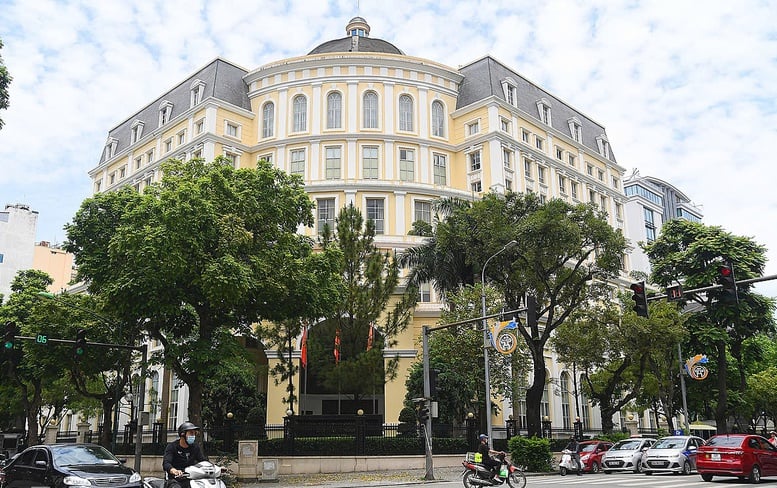
The Ministry of Finance has issued specific instructions to ensure that the arrangement and use of facilities - from headquarters, vehicles to equipment - is carried out in a synchronous, economical and effective manner.
Headquarters, cars, equipment: reasonable handling, effective exploitation
In the guidance document No. 4891, signed by Deputy Minister of Finance Bui Van Khang, the Ministry of Finance noted: Offices and public service facilities are the most important group of public assets when merging administrative units. Therefore, the Ministry of Finance directs to prioritize the arrangement of these headquarters for grassroots administrative units where the assets are located or for agencies with actual needs. In addition, the headquarters can be shared by many agencies according to the interconnected model, saving operating costs.
Surplus headquarters after rearrangement must be handled flexibly. Swap (transfer) headquarters and public service facilities between provincial, district, commune-level agencies, organizations, and central agencies in the area with surplus, surplus, or insufficient area compared to standards and norms to ensure maximum utilization of available facilities, headquarters, and public service facilities in the area.
It is possible to convert the function to public purposes such as healthcare, education, culture or hand it over to a land fund development organization for long-term management and exploitation.
With special-purpose vehicles, the principle is that the agency that receives the task will receive the corresponding assets. As for vehicles serving general work at the district level that are dissolved, they need to be transferred to places that lack them or handled according to regulations. Notably, in cases where it is necessary to transport civil servants, public employees, and workers when they have to change their workplace, existing cars must be arranged or the quota for using special-purpose vehicles must be supplemented to purchase or rent cars according to regulations to serve the transportation, ensuring that civil servants, public employees, and workers fully complete their assigned tasks, ensuring savings and efficiency.
For specialized machinery and equipment, assets will be transferred according to the corresponding tasks. In particular, common machinery that is still in good condition will be prioritized for transfer to the new workplace, avoiding waste and minimizing new purchases. If there is still a surplus, the locality can regulate between units or handle it according to the law.
Clear division of labor, close coordination at all levels
According to the Ministry of Finance: During the implementation process, the development of asset handling plans is specifically assigned. The People's Committee at the district level is responsible for developing the asset plan of the district and commune, and sending it to the province together with the Administrative Unit Arrangement Plan. In case a commune is transferred from one district to another, the People's Committee of the receiving district must develop a suitable plan for the assets in that commune.
At the same time, the Department of Finance plays a focal role, presiding over coordination with relevant units at the provincial level to develop a master plan and submit it to the Provincial People's Committee for consideration and approval.
Ministries and central agencies with vertical units in the area must proactively review the organizational structure and the need for using headquarters. If surplus public assets are discovered, they must be promptly transferred to the locality for management and use or transferred to other units in need.
"To remove difficulties in implementation, the Ministry of Finance requests ministries, branches and localities to promptly report problems to receive guidance according to their authority or submit to competent authorities for consideration and decision," the document of the Ministry of Finance instructs.
To effectively handle public assets, the Ministry of Finance emphasizes the principles of inventory, classification and listing of assets at agencies, organizations and units subject to reorganization. In addition, the handover and receipt of assets must be carried out in accordance with the plan approved by competent authorities, and at the same time, Form No. 01/TSC-BBGN issued with Decree 151/2017/ND-CP must be used to ensure consistency.
The plan for arranging and handling public assets must be developed in parallel with the administrative unit arrangement project. This is to help localities be proactive from the beginning, avoid overlap and save time.
The asset disposal plan must be consistent with the characteristics of the asset and make the most of existing resources. However, a long-term vision is still needed to serve long-term development goals. In all cases, asset disposal must be based on current legal regulations and guidance documents of the Ministry of Finance.
Previously, at the meeting of the Government Steering Committee on summarizing the implementation of Resolution No. 18-NQ/TW (Steering Committee) to deploy the plan on implementing the arrangement and merger of provincial and communal administrative units and building a two-level political system at the local level.
Government leaders direct ministries to guide, arrange, and organize internal units vertically; decentralize and delegate authority in handling administrative procedures at commune and provincial levels.
Regarding the handling of assets and facilities in the process of arranging and merging local administrative units, the Government leader requested to prioritize surplus facilities for healthcare, education, culture, and public purposes.
Mr. Minh
Source: https://baochinhphu.vn/bo-tai-chinh-huong-dan-xu-ly-tai-san-cong-trong-sap-xep-don-vi-hanh-chinh-102250416172541791.htm





![[Photo] Prime Minister Pham Minh Chinh and Japanese Prime Minister Ishiba Shigeru visit the National Museum of History](https://vstatic.vietnam.vn/vietnam/resource/IMAGE/2025/4/29/93ae477e0cce4a02b620539fb7e8aa22)
![[Photo] More areas of Thuong Tin district (Hanoi) have clean water](https://vstatic.vietnam.vn/vietnam/resource/IMAGE/2025/4/29/55385dd6f27542e788ca56049efefc1b)



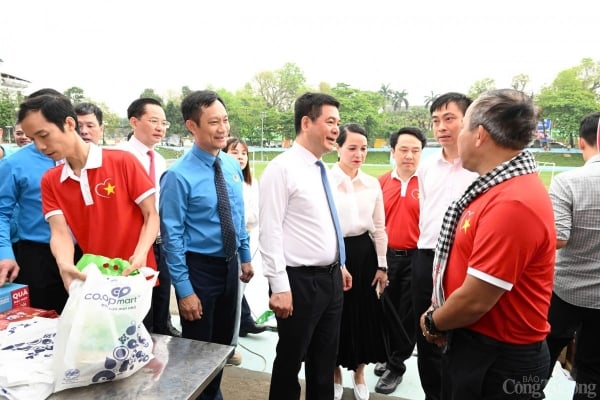

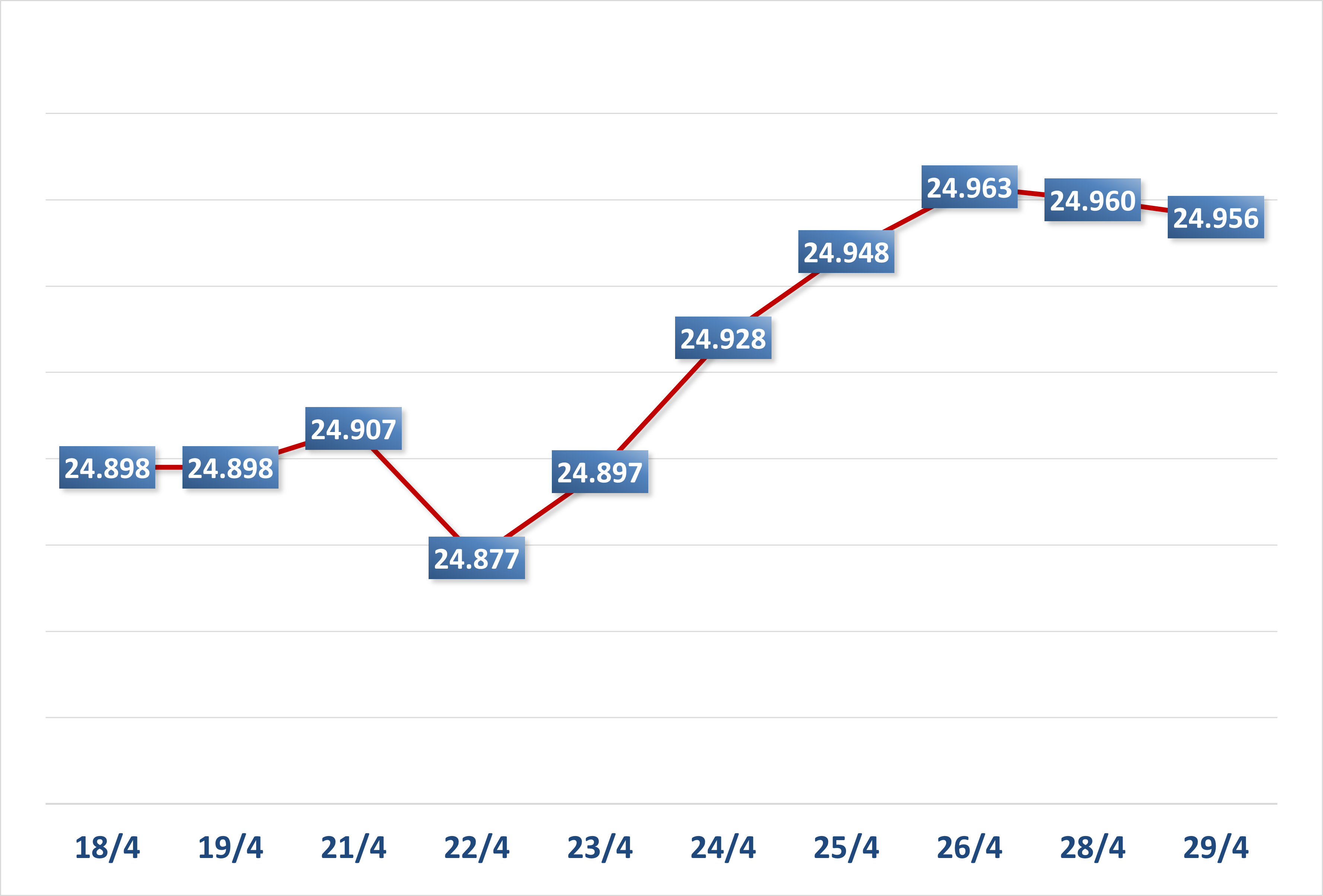


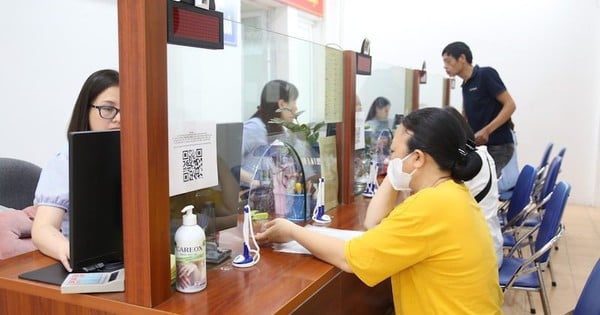
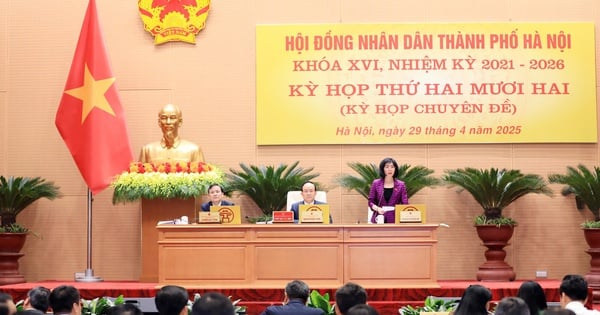
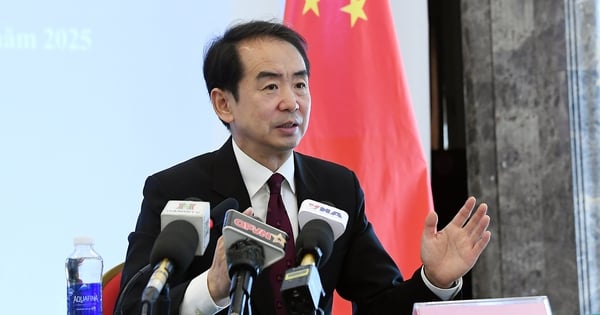
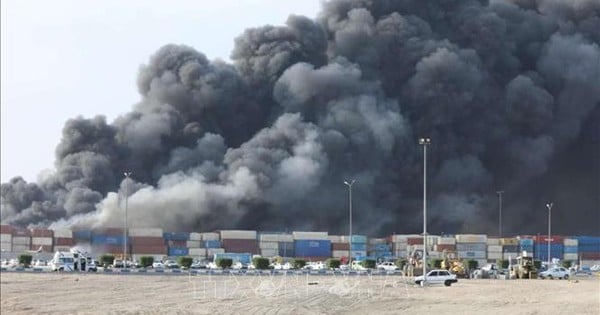


![[Photo] Prime Minister Pham Minh Chinh receives Cambodian Minister of Commerce](https://vstatic.vietnam.vn/vietnam/resource/IMAGE/2025/4/28/be7f31fb29aa453d906df179a51c14f7)
![[Photo] Prime Minister Pham Minh Chinh and Japanese Prime Minister Ishiba Shigeru attend the Vietnam - Japan Forum](https://vstatic.vietnam.vn/vietnam/resource/IMAGE/2025/4/29/fc09c3784d244fb5a4820845db94d4cf)



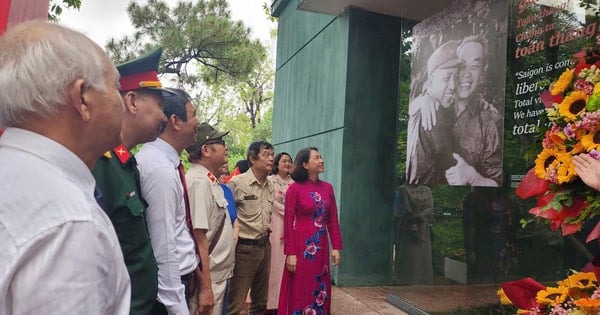






















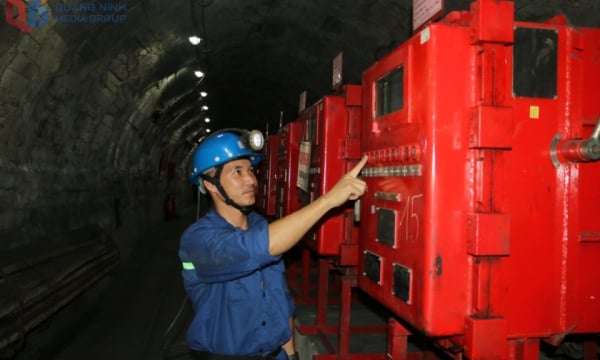



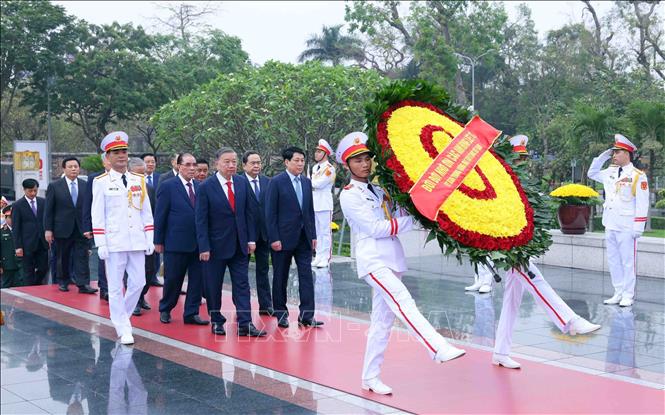

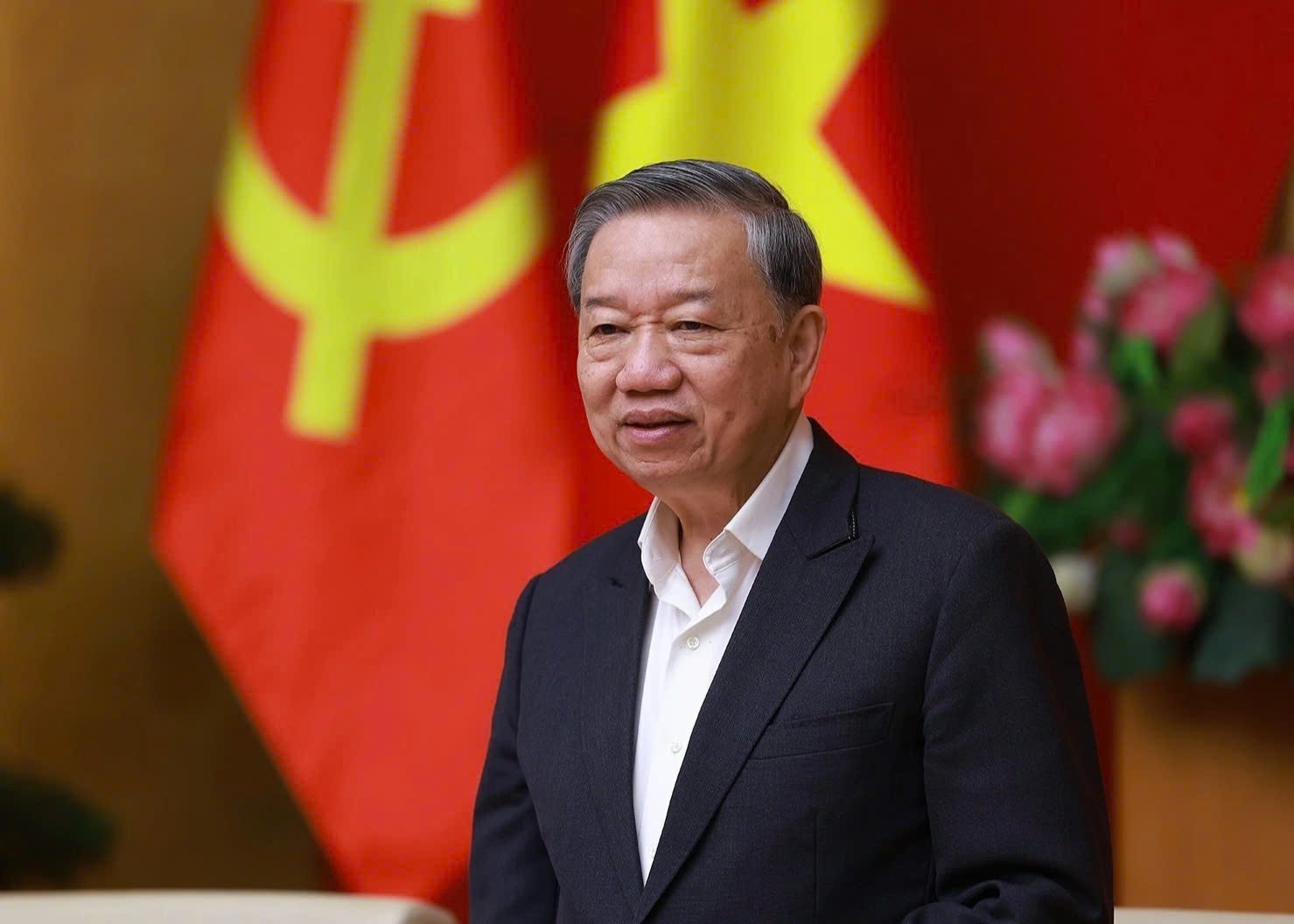






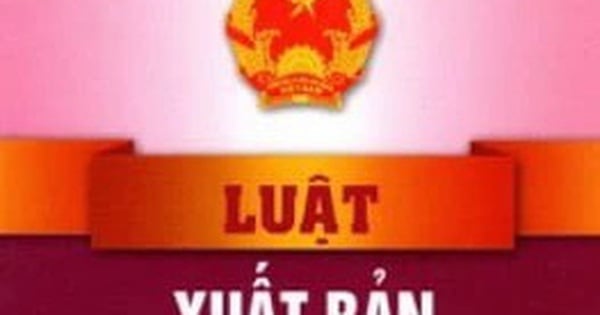

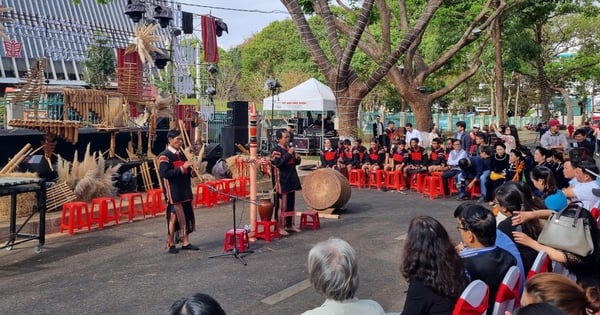
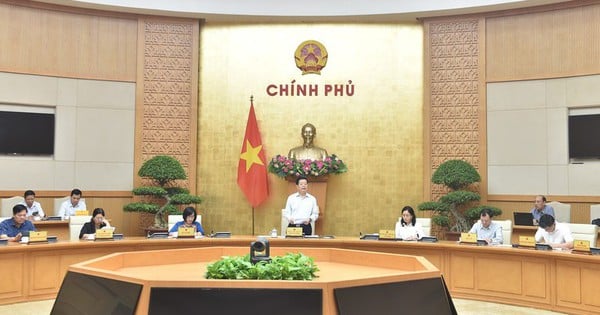









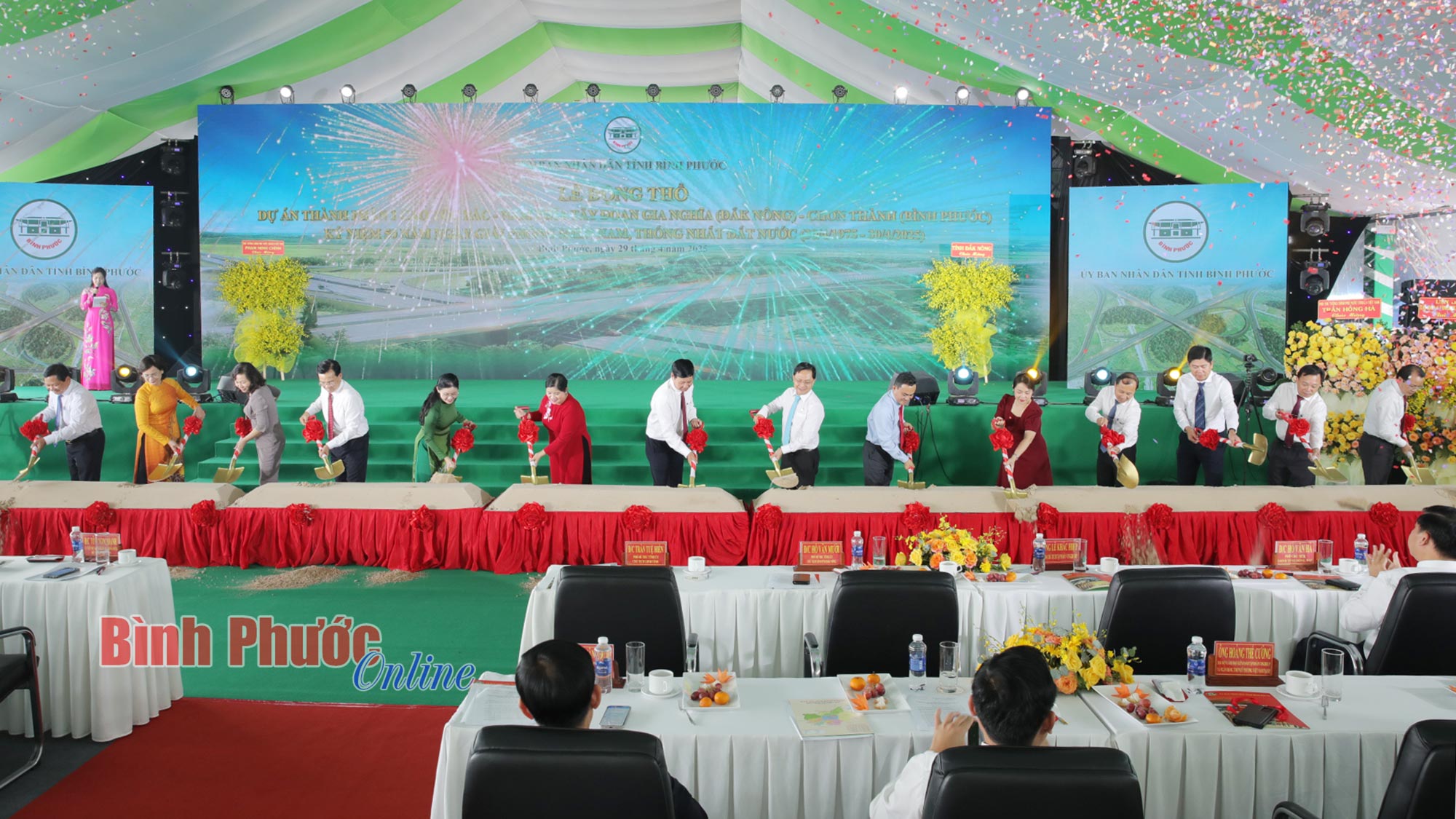



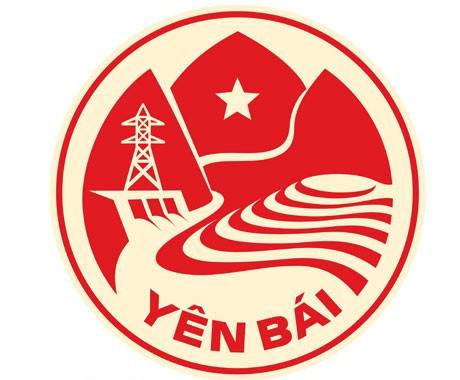
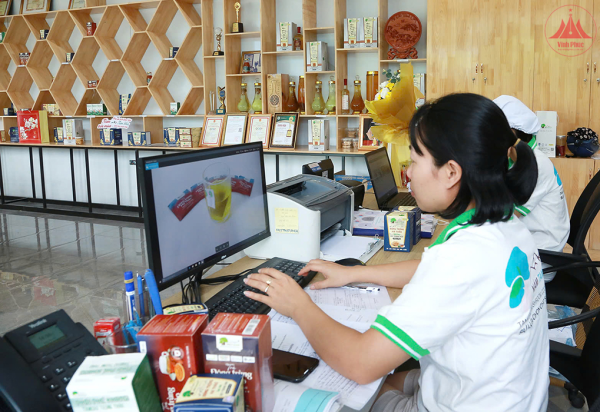



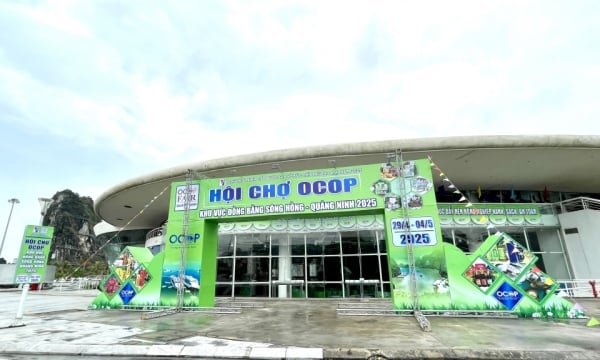




Comment (0)